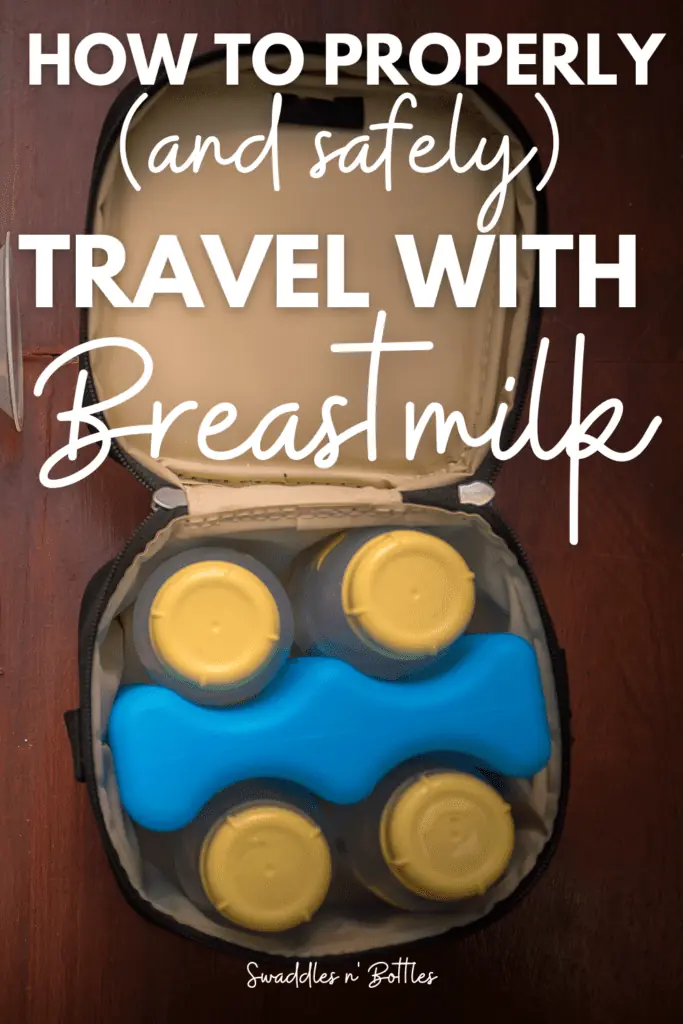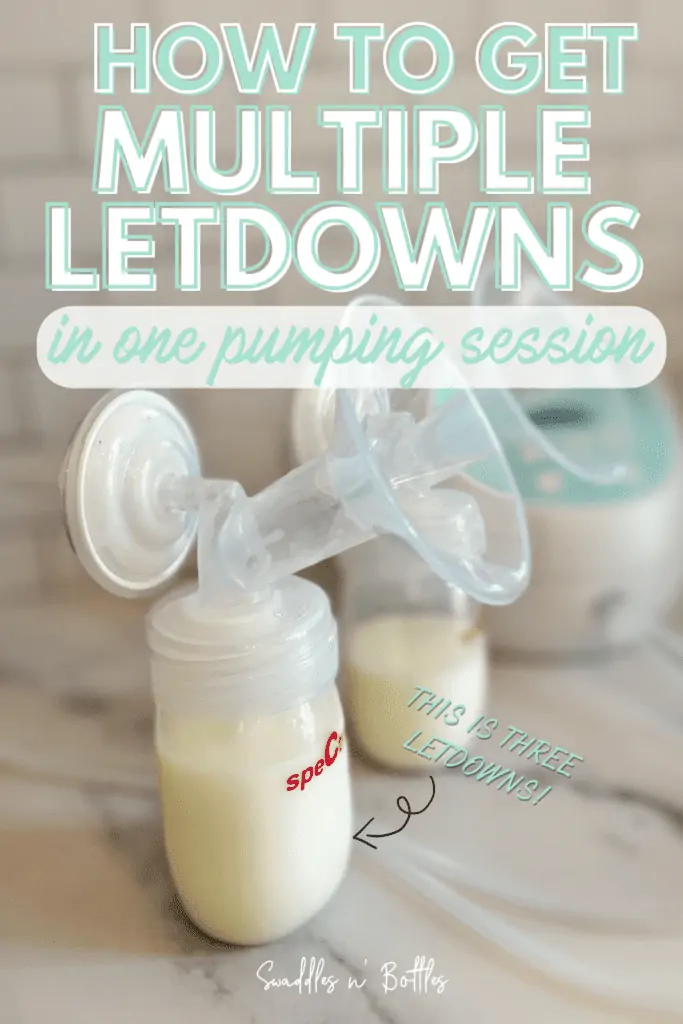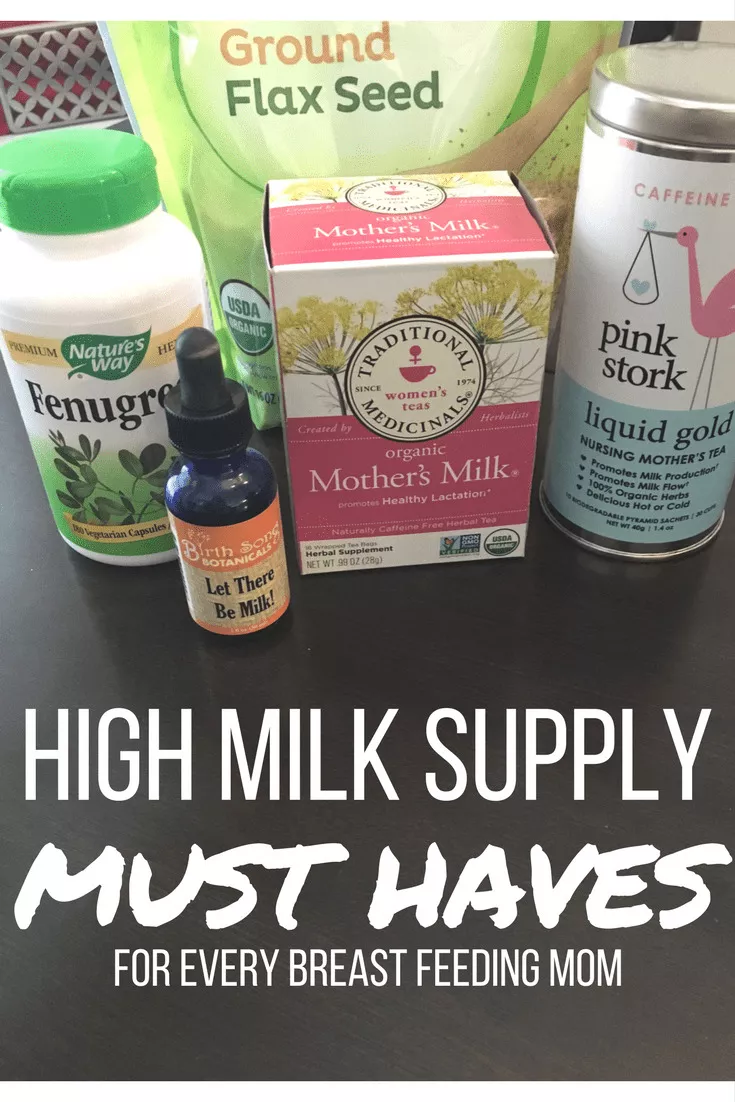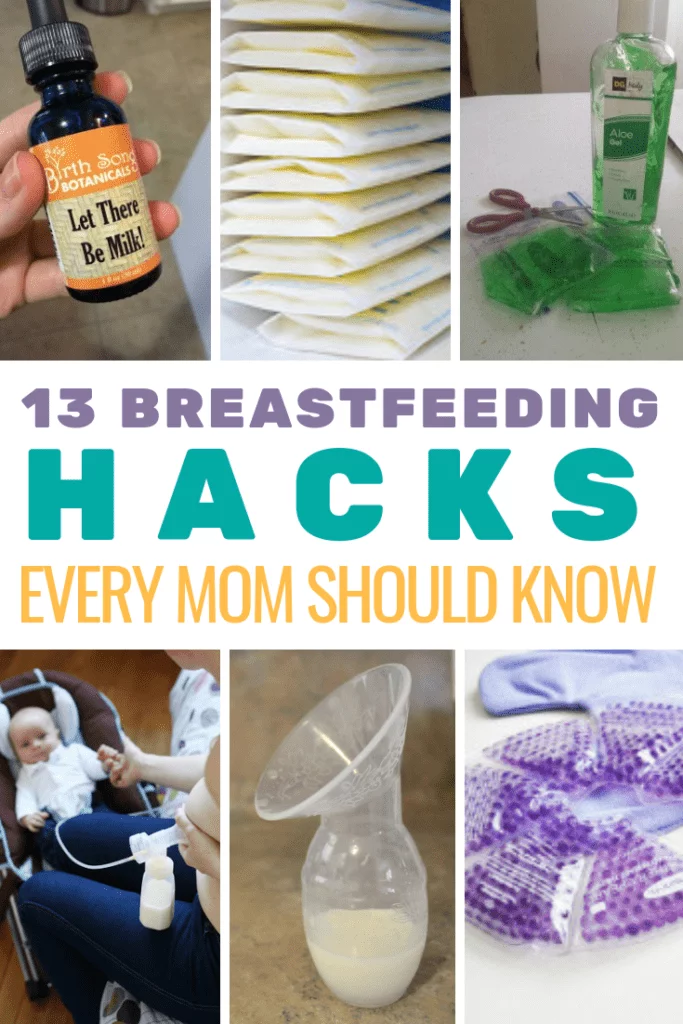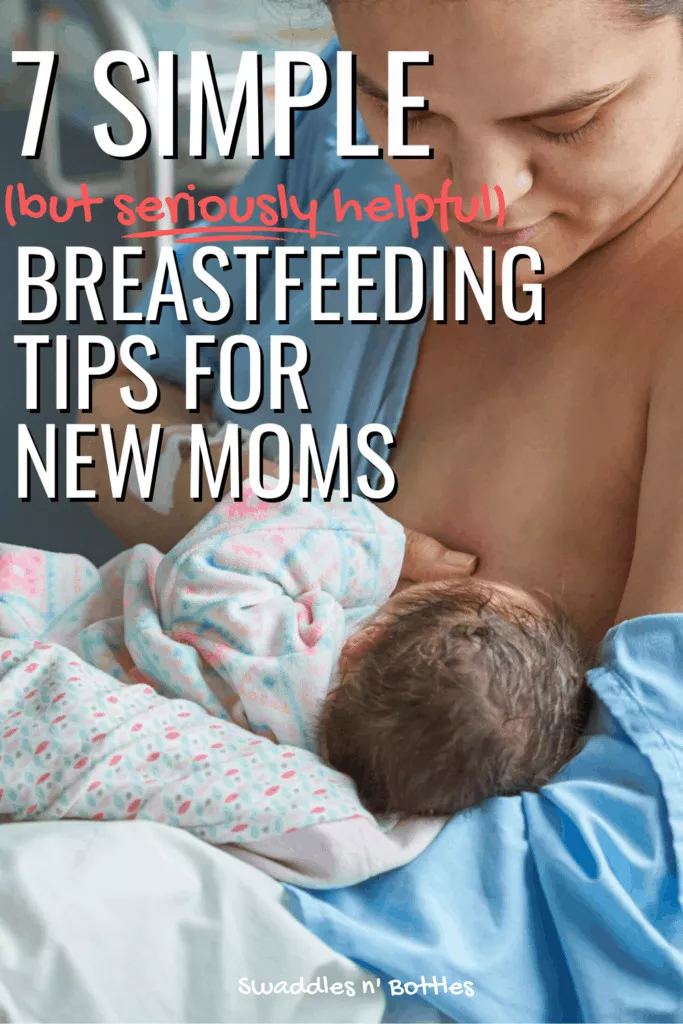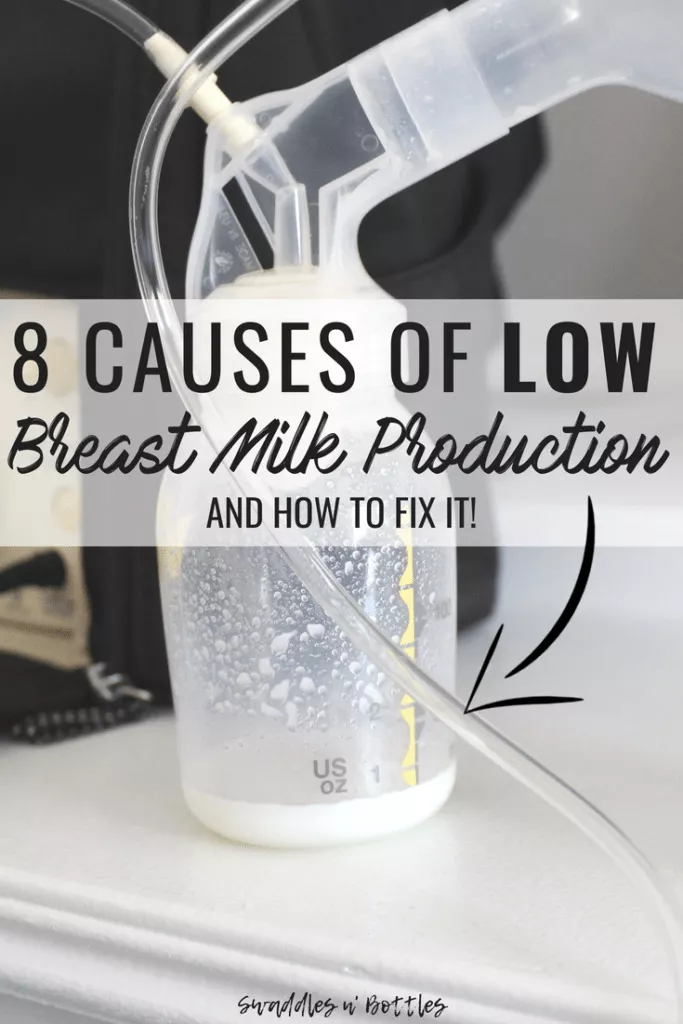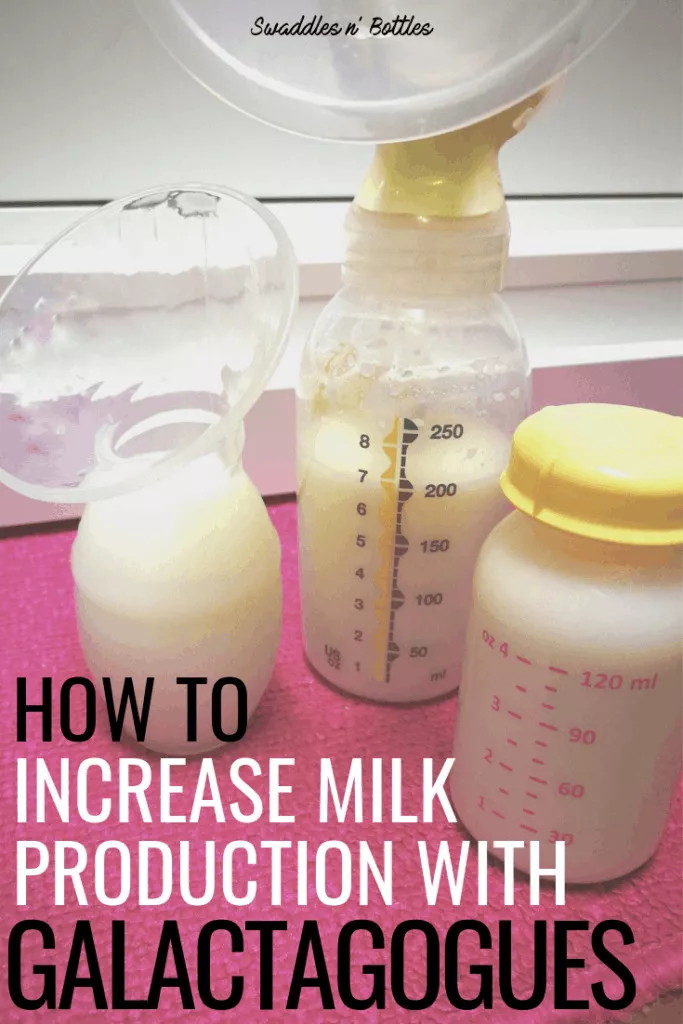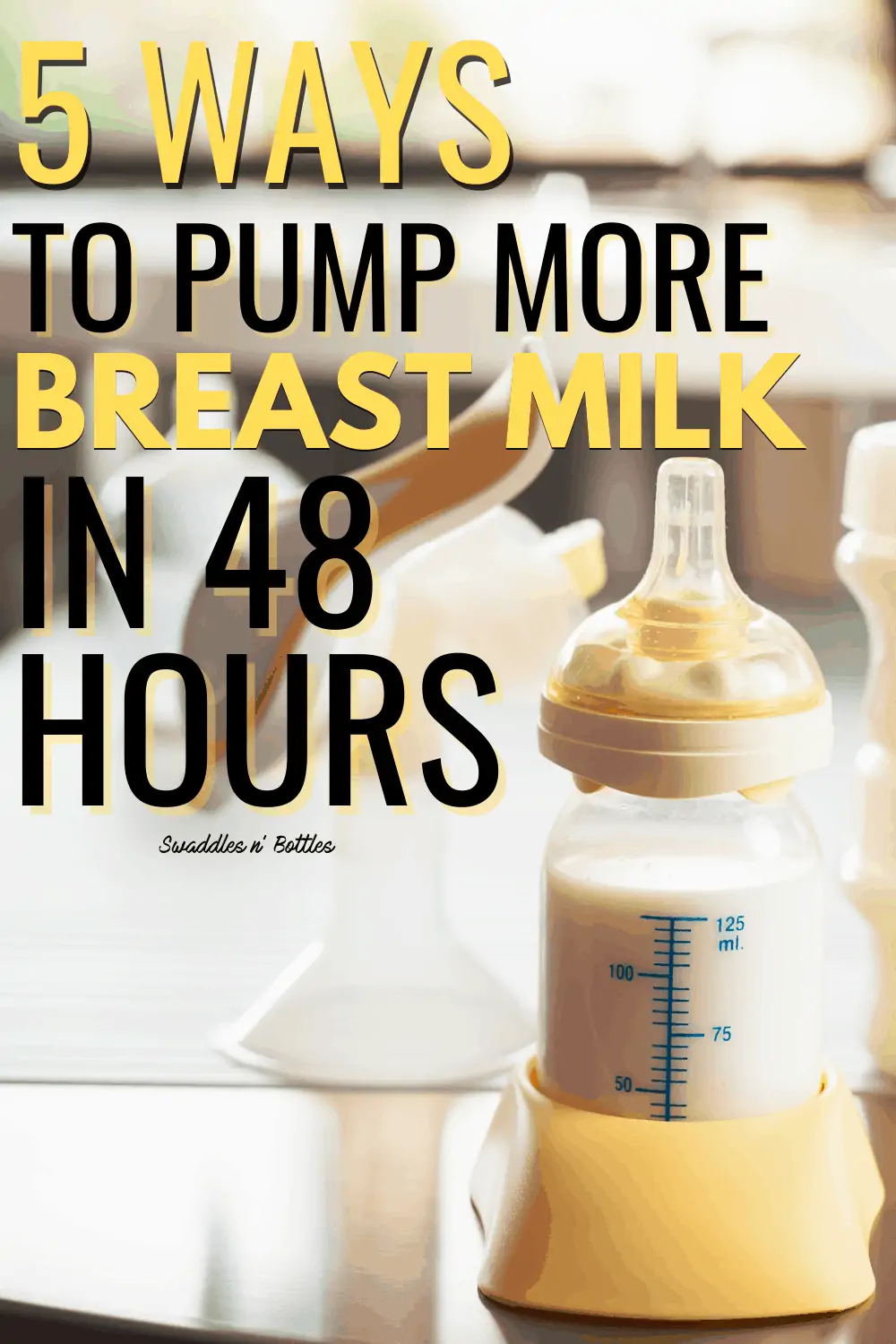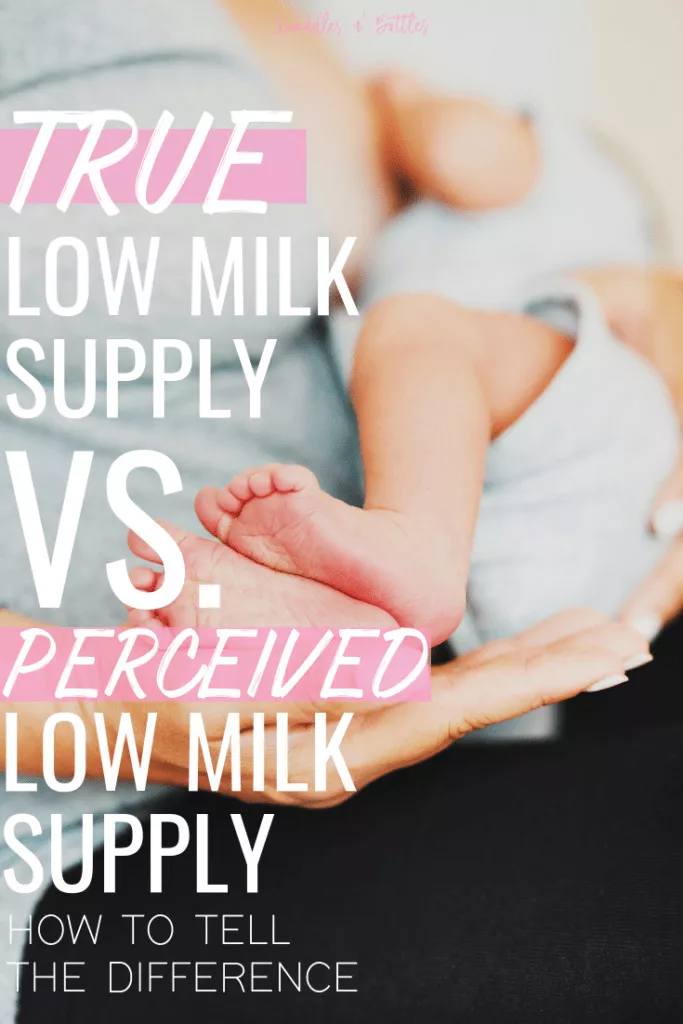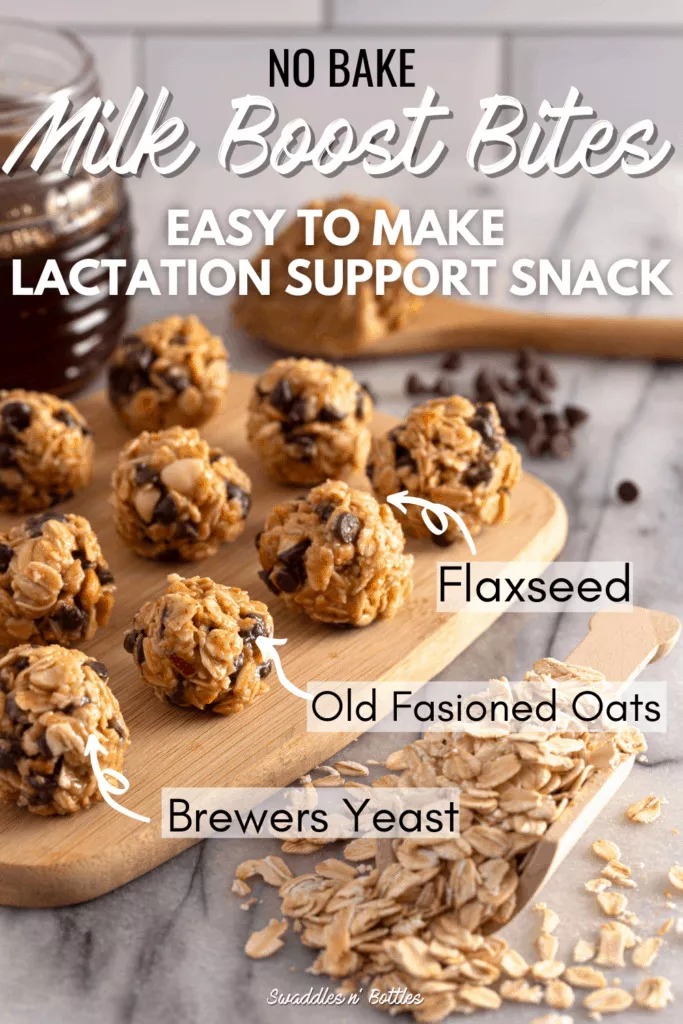
How to Get Through the First Two Weeks of Breastfeeding your Newborn
Congratulations on your new bundle of joy! Breastfeeding is a beautiful journey that is unique for every family. From the first few days to months and even years, breastfeeding creates a special bond between you and your baby. But this doesn’t mean that breastfeeding will not come without a few hurdles along the way. Most mothers report that the hardest time of breastfeeding is the first two weeks. We’ve put together an overview of some common experiences that new mothers go through and ways your can help ensure a smooth introduction to nursing your newborn.
Days 1-3
During these first few days, your baby will probably only consume about one teaspoon worth of colostrum (the thick yellowish milk that comes out just after birth). Don’t worry if it doesn’t seem like much—colostrum is incredibly nutrient-rich and has everything your baby needs for now. During these early days, your baby may not yet be able to latch correctly. This can make it especially tricky for newborns as they are still adjusting to their new environment and learning how to feed. However, don’t worry – this is perfectly normal! A learning curve for both of you is expected. Most hospitals and/or birthing centers have lactation consultants on staff to help newborn mothers through their first few days of nursing. Not only do we suggest taking full advantage of this service, but we also recommend getting contact information for the lactation consultant and/or a list of resources for when you leave the hospital. New issues or questions may arise once you are home and it’s best to have a knowledgeable contact on stand-by.
You should also expect frequent feeding sessions during the first few days (up to 8-12 times per day) as your baby needs extra nourishment during this period. Many moms recommend keeping a nursing log in those first few days noting which side they fed baby on and how long each nursing session lasted.
It is very common to begin experiencing nipple pain during those first few days of breastfeeding. We have an entire post dedicated to how to help reduce this pain. Read the full article here.
Days 4-7
By now your mature milk should have come in and you can expect your baby to feed every 2-3 hours around the clock. They will likely consume anywhere from 60-90 mL per feed—but again, every baby is different so don’t worry if this isn’t exactly what you experience. It might help to know that most babies will consume around 150 mL per day at this stage. As your baby becomes more experienced with latching and breastfeeding, their feedings will become more efficient. You’ll notice that each feeding session will take less time than before, as well as fewer interruptions for burping or other issues. As long as both mommy and baby are comfortable, there’s no need to rush through feedings! It’s important for both of you to relax and enjoy this special bonding experience together.
It is also important to start watching for hunger cues around this time. You may have heard the saying “Don’t watch the clock, watch your baby”, meaning even if its only been two hours since your last feed but your baby is showing many hunger cues, it’s time for another feed! Here are some common hunger cues to look for:
- Baby is smacking lips
- They are being squirmish or folding up
- Sucking on hands
- Opening mouth and turning head (as if they are searching for your breast)
- Fussiness
Days 8-14
At this point, your supply should be established and you can start tracking how many wet diapers (6+ per day) and dirty diapers (3+ per day) they have each day as an indication that they are getting enough breastmilk. You might also notice that their feeds become more efficient as they learn how to latch on better and get all of the milk they need without having long, drawn-out feeds. By now, you should have established a breastfeeding routine with your little one that works well for both of you! Most babies will have settled into a schedule that involves anywhere from six to eight nursing sessions per day at regular intervals throughout the day and night. As an added bonus, many moms often find that their milk supply increases right around this time!
Most mothers would agree that things seem to get much easier at the two-week mark. With patience and practice, breastfeeding can be a beautiful bonding experience between mother and child. However, we cannot stress enough how important it is to seek support from a medical professional if you need it! Lactation consultants have helped so many mothers through many breastfeeding struggles.


